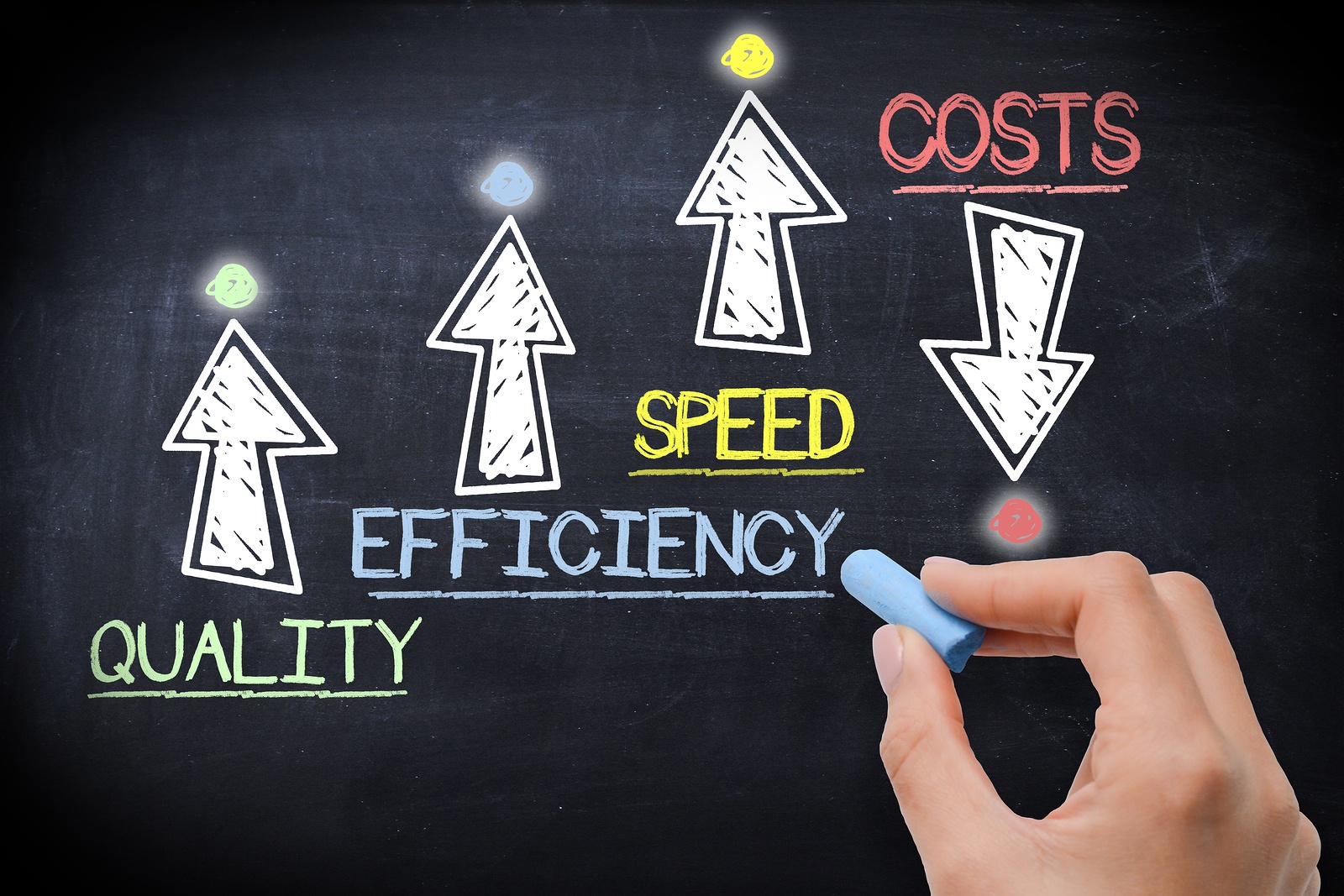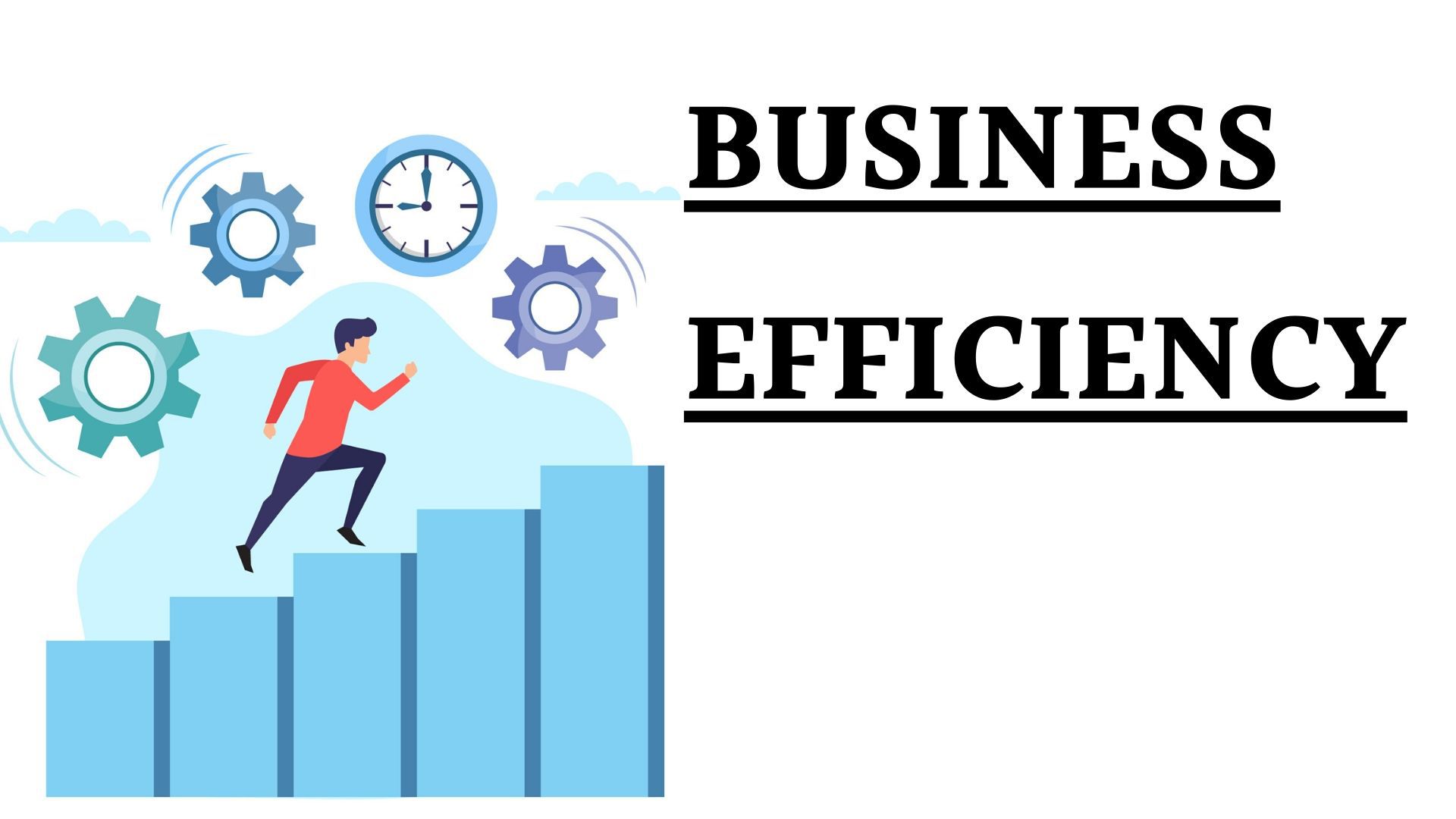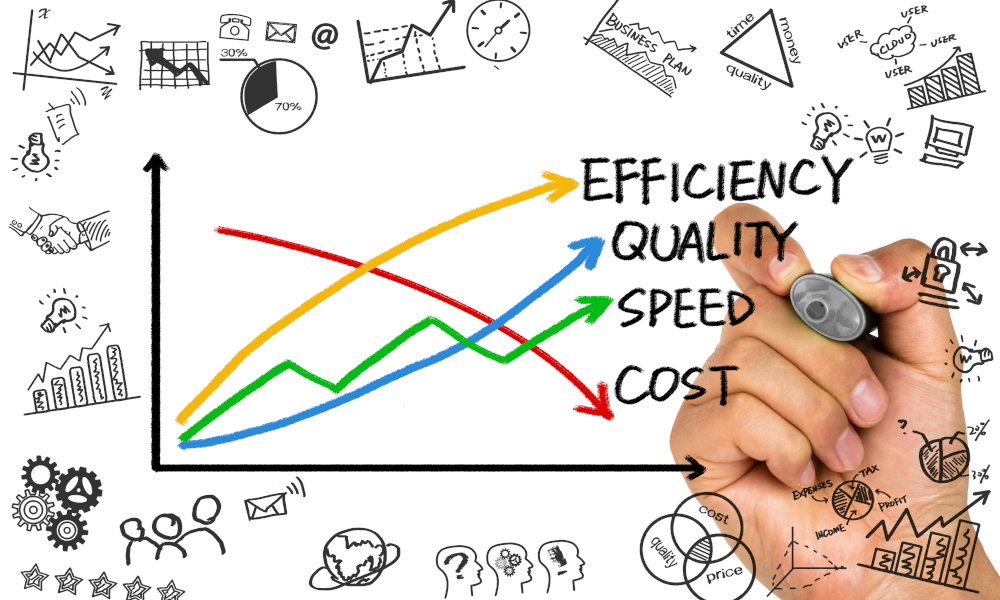Business efficiency isn’t just a buzzword; it’s a fundamental driver of success in today’s competitive landscape. Businesses that prioritize streamlining processes, optimizing resource allocation, and fostering a culture of continuous improvement are significantly more likely to achieve sustainable growth and profitability. It’s about more than just reducing costs; it’s about maximizing value and delivering superior results. This article will explore key strategies for boosting business efficiency, providing actionable insights and practical techniques you can implement immediately. Let’s delve into how to transform your operations and unlock significant gains.

The concept of business efficiency is often viewed as a complex equation, but at its core, it’s about achieving the desired outcome with the least possible resources. It’s about identifying bottlenecks, eliminating redundancies, and empowering employees to work smarter, not harder. A truly efficient business is one that consistently delivers results while minimizing waste and maximizing return on investment. Ignoring efficiency can lead to stagnation, missed opportunities, and ultimately, a decline in competitiveness. Investing in efficiency improvements is an investment in the future of your organization.

Understanding the Foundations of Business Efficiency
Before diving into specific strategies, it’s crucial to understand the underlying principles that contribute to efficiency. Several factors play a vital role, including:

- Process Mapping: Documenting and analyzing your workflows is the first step towards identifying inefficiencies. Visualizing the steps involved in a process allows you to pinpoint areas where delays, errors, or unnecessary steps occur. Tools like flowcharts and process diagrams can be incredibly helpful.
- Technology Adoption: Leveraging technology – from automation software to cloud-based platforms – can dramatically streamline operations and reduce manual labor. Consider the potential of Robotic Process Automation (RPA) to automate repetitive tasks.
- Employee Empowerment: Engaging and empowering employees is paramount. Providing them with the training, tools, and autonomy they need to perform their jobs effectively fosters a sense of ownership and encourages proactive problem-solving.
- Data-Driven Decision Making: Collecting and analyzing data is essential for identifying trends, measuring performance, and making informed decisions about resource allocation and process optimization. Implementing robust data analytics tools is key.
Streamlining Operations: Key Strategies for Efficiency
Let’s examine several practical strategies that can significantly boost business efficiency:

1. Automation – The Rise of the Robotic Process
Automation is rapidly transforming the way businesses operate. Implementing robotic process automation (RPA) tools can automate repetitive, rule-based tasks – from data entry and invoice processing to customer service inquiries. This frees up employees to focus on higher-value activities requiring critical thinking and creativity. The initial investment in RPA can be offset by significant cost savings and increased productivity. Careful selection of the right RPA software is crucial to ensure seamless integration with existing systems.

2. Lean Principles – Eliminating Waste
Lean manufacturing principles, originally developed in the automotive industry, offer a powerful framework for identifying and eliminating waste – anything that doesn’t add value to the customer. This includes:

- Value Stream Mapping: Visually mapping the entire process from start to finish to identify areas where value is lost.
- 5S Methodology: A workplace organization system that focuses on sorting, systematizing, cleaning, standardizing, and sustaining – creating a clean, organized, and efficient workspace.
- Just-in-Time (JIT) Inventory: Minimizing inventory levels by receiving materials only when they are needed for production.
3. Supply Chain Optimization
A well-managed supply chain is critical for efficient operations. Analyzing and optimizing your supply chain can lead to significant cost savings and improved delivery times. This includes:

- Vendor Management: Establishing strong relationships with reliable suppliers and negotiating favorable terms.
- Inventory Management: Implementing strategies to optimize inventory levels and reduce carrying costs.
- Logistics Optimization: Streamlining transportation and distribution processes to minimize delays and costs.
4. Communication & Collaboration
Effective communication and collaboration are essential for ensuring that everyone is working towards the same goals. Implementing tools and processes that facilitate communication, such as project management software and regular team meetings, can significantly improve efficiency. Breaking down silos and fostering a culture of open communication is vital.

5. Regular Process Audits
Conducting regular audits of your processes is a proactive way to identify areas for improvement. These audits should be conducted by a team of employees from different departments to ensure a comprehensive assessment. The results of the audit should be used to develop action plans for improvement.

The Power of Technology for Enhanced Efficiency
Technology plays a pivotal role in driving efficiency across all aspects of a business. Cloud-based solutions, CRM systems, and business intelligence tools can provide valuable insights and automate many routine tasks. Investing in the right technology can significantly reduce errors, improve data accuracy, and enhance decision-making. Furthermore, exploring the potential of AI and machine learning can unlock even greater efficiencies in the future.
Measuring and Monitoring Efficiency
Simply implementing efficiency strategies isn’t enough; you need to measure and monitor their effectiveness. Key performance indicators (KPIs) should be established to track progress and identify areas that require attention. Common KPIs include:
- Cycle Time: The time it takes to complete a process.
- Error Rate: The number of errors or mistakes made.
- Cost per Unit: The cost associated with producing a single unit of output.
- Return on Investment (ROI): The profitability of an efficiency initiative.
Regularly reviewing these KPIs will help you determine whether your efforts are yielding the desired results and make adjustments as needed.
Conclusion
Boosting business efficiency is not a one-time project; it’s an ongoing journey of continuous improvement. By embracing a holistic approach that encompasses process optimization, technology adoption, employee empowerment, and data-driven decision-making, businesses can unlock significant gains in productivity, profitability, and competitiveness. Business efficiency is a strategic imperative for long-term success. It requires a commitment to identifying and eliminating waste, streamlining operations, and fostering a culture of continuous improvement. Ultimately, prioritizing efficiency translates to a stronger, more resilient, and more profitable organization. Remember, the goal isn't just to reduce costs; it's to maximize value and deliver superior results.
Conclusion

The journey towards enhanced business efficiency is a multifaceted one, demanding a strategic and proactive approach. By diligently implementing the strategies outlined in this article, businesses can cultivate a culture of optimization, minimize waste, and ultimately, achieve sustainable growth and success. Continuous monitoring of key performance indicators and a willingness to adapt to evolving market conditions are crucial for maintaining a competitive edge. Investing in efficiency improvements is an investment in the future of your organization – a future characterized by increased profitability, improved customer satisfaction, and a stronger position in the marketplace.